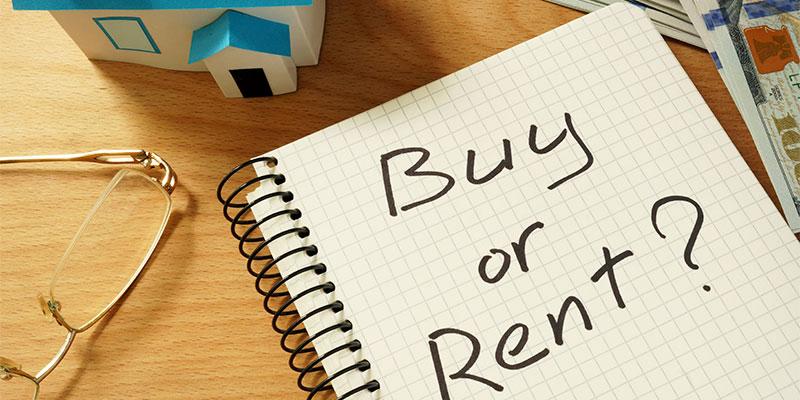
When discussing finances for home ownership, the topic usually centers on the costs of the actual home purchase and the mortgage payments. But what about the other, ongoing expenditures that come with owning a home? Understanding the hidden expenses of home ownership can help ensure that you can afford to keep your home for the long term and avoid becoming “house poor.” Read on to learn about the hidden expenses of home ownership, so you can make sound financial decisions.
The Cost of Utilities
When you rent a home or apartment, some of your utilities such as water, electricity, cable and many others may be included in your rent. Even if they weren’t, the cost of utilities in a house can be significantly higher than they cost for an apartment. When you build your budget, it is important to take into account the new cost of your utilities, as these are expenses you have to pay every month. Before you buy, figure out how much utilities in your area usually cost for homes of comparable size. If you are working with a real estate agent, they can provide the utility costs for any specific homes you are interested in. Having that information in hand will help you budget more effectively, and will allow you to determine if you can truly afford the home you have in mind.
Outdoor Expenses
In rental homes, you are generally only responsible for what is inside your unit. Not so when you own your home! Many new homeowners forget to budget in the cost of maintaining the exterior of their home and the expense of landscaping—and they experience a rude awakening after they move in! Make sure that you are prepared for the outdoor expenses that your home comes with. Consider items like:
- Lawn maintenance
- Landscaping
- Outdoor cosmetic details
- Power washing
- Mailbox maintenance
- Trash pickup costs
- And others
Furniture
Your furniture in your rental home might seem perfect now, but all that could change once you purchase a home. Houses usually have a lot more space than apartments, and your couch and coffee table combo might not be the right fit for your new living room. Part of the excitement of buying a new home is getting new furniture to go with it, but that comes with a hefty price tag. To ensure that you’re not stuck in your beautiful new house with furniture that just won’t work, make a little wiggle room in your budget to buy new furniture. One wallet-friendly way to do this is to determine what you need to replace in order of importance. After you move in and have time to see your new space, choose items that you want to replace and do so over the first year. A whole new house full of furniture at once can cost an arm and a leg, but opting to buy a new couch here and a bedframe there throughout the year is a lot more reasonable for your budget.
The Price of Appliances
When you move into a home, you may want to buy new appliances to update that old refrigerator and replace that wonky oven that your home came with. Even if you don’t immediately replace the appliances in your home, there is a cost of maintaining them—after all, you don’t have a landlord to call if your dishwasher springs a leak! When you are considering becoming a homeowner, it is important to think about the cost of appliance replacement and upkeep, and to set aside a little cash each month to take care of anything that pops up. The last thing you want is to be caught in the middle of winter with a broken hot water heater and no money in the budget to fix it! To help with these expenses, you can consider purchasing a home warranty, although you’ll need to compare policies and do the math to determine whether or not it is worth it.
An Emergency Fund
Maintaining your home can get expensive if you aren’t ready for it, but smart homeowners take the time to budget for and maintain an emergency fund so that they don’t have to scramble should an unexpected expense pop up at the worst possible time. Set aside a little bit of money in a special account each month to go toward a potential appliance breakdown, roof leak or other catastrophe. You likely won’t notice $50 or so going in each month, but you’ll definitely appreciate that you have your emergency stash when your HVAC dies and it comes time to cash it in!
Smart Financing
The best way to ensure you can afford all the costs of home ownership is to make sure you’re getting the best deal on your financing. The N.C. Home Advantage Mortgage™ offers competitive rates and down payment assistance up to 5% of the loan amount, helping you to keep your payments low and leave more room for those extra expenses in your budget. This mortgage product is offered by the NC Housing Finance Agency through participating lenders statewide—learn more at www.nchfa.com/home-buyers.